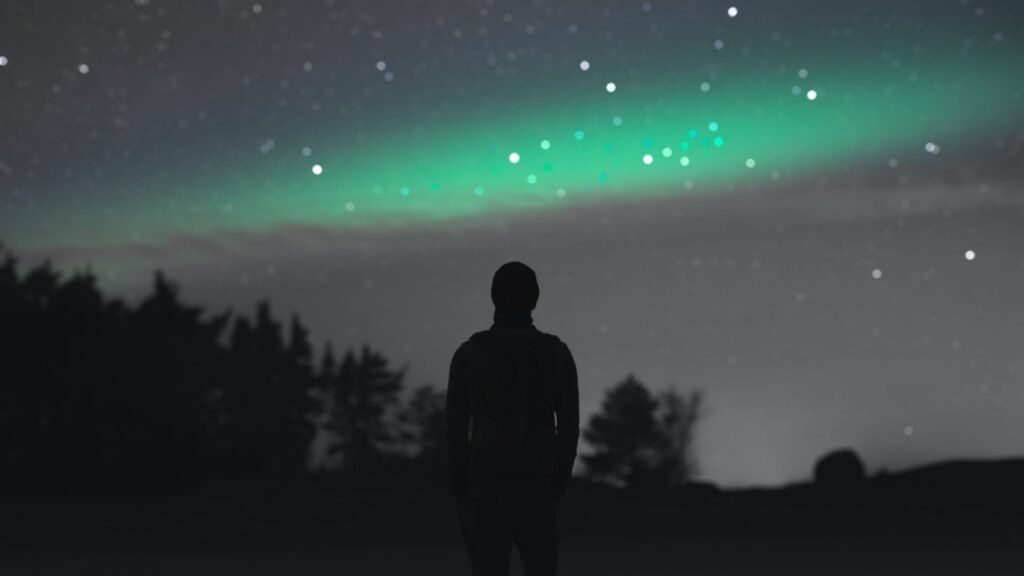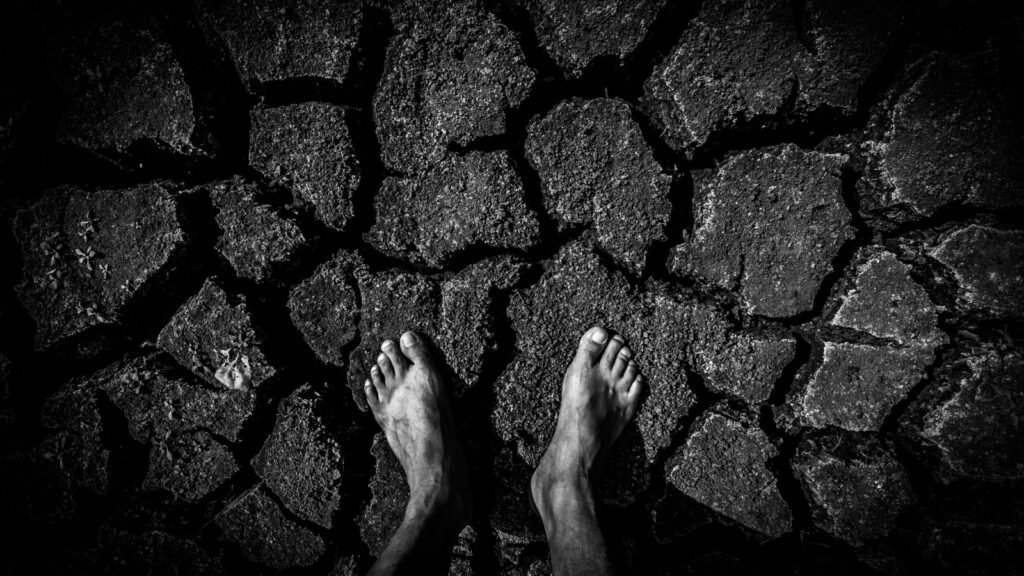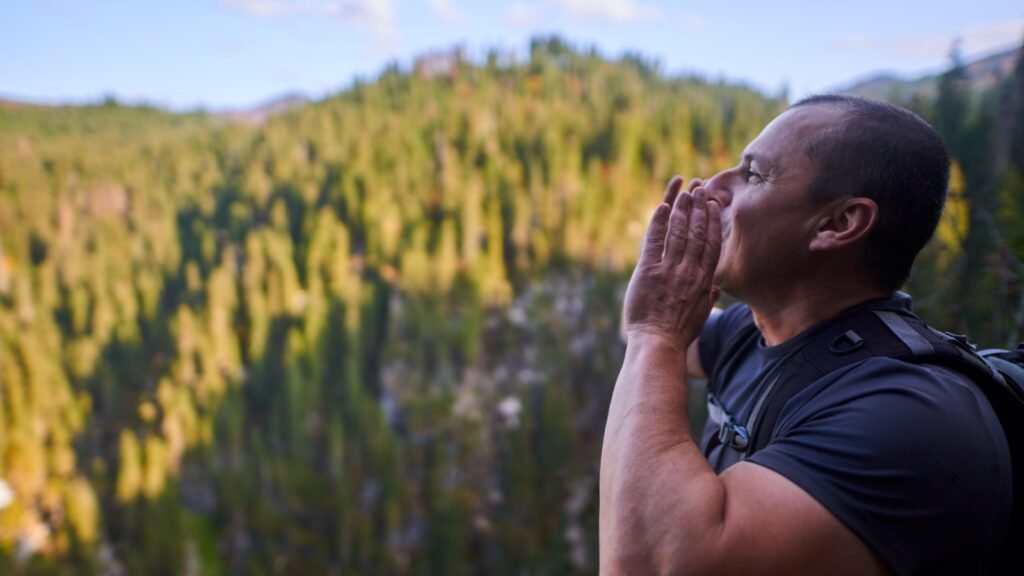When the sun goes down and darkness surrounds you, navigating and tracking can become a real challenge. But with the right skills, you can turn the night into an ally instead of an enemy. Whether you’re out in the wilderness or dealing with a blackout in familiar surroundings, knowing how to find your way in the dark could be a critical survival skill. From using the stars to sharpening your hearing, these techniques will boost your confidence and preparedness for any nighttime adventure or emergency.
1. Develop Night Vision

Your eyes can adjust to the dark over time, but it takes patience. Avoid looking directly at bright lights, as they can ruin your night vision for up to 30 minutes. Instead, use a red-filtered flashlight if needed, since red light is less disruptive to your eyes’ ability to adapt. Give your eyes 20-30 minutes in low light conditions, and you’ll be amazed at how much more you can see.
2. Use the Stars to Navigate

On a clear night, the stars can be your guide. In the Northern Hemisphere, finding Polaris (the North Star) can help you orient yourself. Polaris is part of the Little Dipper constellation and stays fixed in the sky, always pointing north. In the Southern Hemisphere, you can rely on the Southern Cross. Learning to read the night sky can help you find your bearings without a compass.
3. Master the Moon’s Phases

The moon can be a powerful navigational tool, especially during its brighter phases. A full moon can illuminate large areas, making it easier to navigate. When the moon is rising or setting, its position can also help you determine direction, as it rises in the east and sets in the west. Understanding how the moon moves can make traveling by night much more manageable.
4. Track Animal Sounds

In the dark, your sense of hearing becomes more important. Animals are most active at night, and their sounds can give you clues about your environment. For example, the rustling of leaves might indicate an animal’s movement, which can help you track them if you’re hunting or avoid them if you’re trying to stay safe. By honing in on animal sounds, you can stay aware of potential dangers or resources nearby.
5. Follow the Wind

Wind can be a natural guide. In some areas, the wind patterns are predictable, like coastal winds blowing from the sea during the day and toward the sea at night. Learning to sense wind direction can help you keep on course, especially when you can’t rely on landmarks or the sky. Pay attention to how the wind feels against your skin or how it moves through the trees.
6. Use Your Feet to Detect Terrain Changes

In the dark, your feet can be your most valuable sensors. Train yourself to notice subtle differences in the ground—whether it’s a shift from soil to rocks, grass to sand, or a downward slope. Feeling these changes underfoot can alert you to potential hazards or help you track a specific path. Take slow, deliberate steps to maintain balance and stay aware of your environment.
7. Learn to Navigate with Shadows

Even in low light, shadows can provide information. The moonlight, starlight, or even distant lights cast shadows that can tell you about your surroundings. A long shadow cast by a tree or rock can reveal its height and direction. Learning to read shadows in dim light helps you make sense of your environment without needing full daylight.
8. Improve Your Sense of Smell

When it’s too dark to see clearly, your sense of smell can help you track and navigate. Different environments have distinct smells—damp earth, pine trees, or salty air. If you’re familiar with an area, the smells can act as landmarks. If you’re in a new place, scents like water or smoke can point you toward important resources or potential dangers.
9. Use Echoes to Gauge Distance

In the absence of light, sound can help you understand your surroundings. In a quiet area, clap your hands or call out, and listen for the echo. The speed and volume of the echo can give you clues about the distance of nearby objects, such as cliffs, caves, or large trees. It’s a primitive but effective method to figure out your proximity to obstacles or landmarks.
10. Track by Temperature Differences

Temperature can change rapidly in the night, and different areas cool down at different rates. For example, water bodies retain heat longer than open ground. If you’re tracking someone or something, pay attention to these temperature shifts. A warm patch of ground could mean a recent campfire, while cooler air might indicate you’re near a body of water or open space.
11. Learn the Art of Quiet Walking

Stealthy movement is crucial when navigating or tracking in the dark, especially if you’re avoiding danger or hunting. To walk quietly, step with the outside edge of your foot first, then roll your foot inward, lowering the heel softly. Practice this on different terrains to minimize noise and avoid giving away your position.
12. Use a Simple Compass Trick

If you have access to a basic compass, you can navigate more effectively in the dark. Even without knowing your exact location, following a compass bearing can help you keep a steady course. This is especially useful when you’re traveling over long distances in low light. Keep your pace slow, frequently checking your compass to stay on track.

